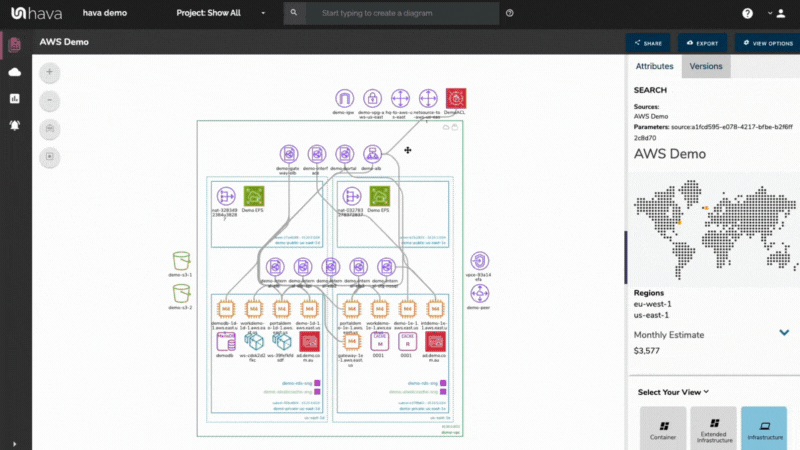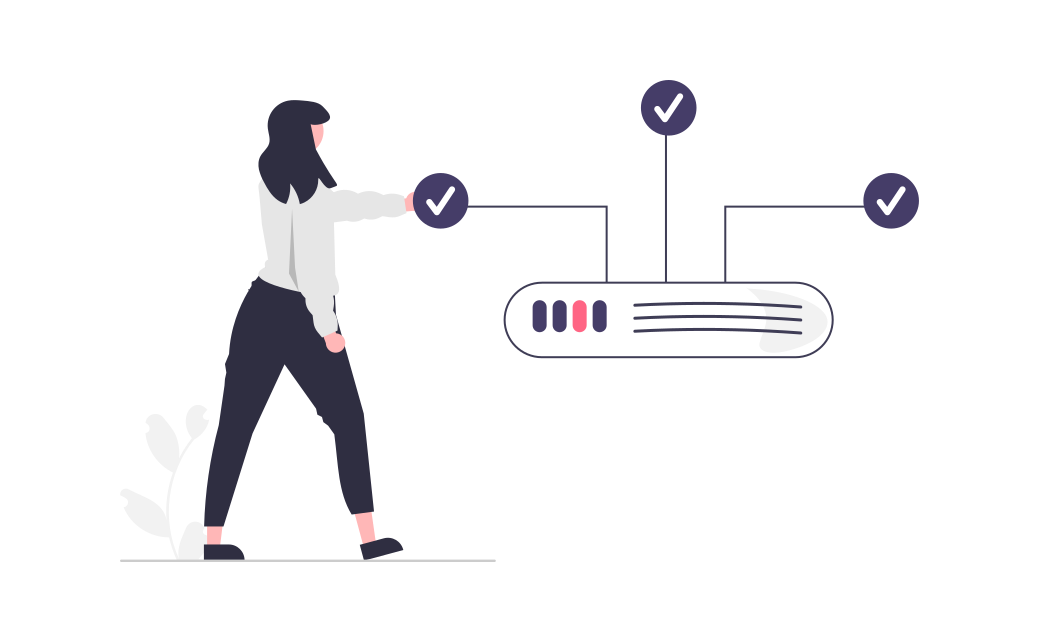
Cloud computing has revolutionized the way businesses operate, offering flexibility, scalability, and cost-effectiveness. As organizations increasingly adopt cloud solutions, understanding the underlying architecture becomes crucial. This is where accurate cloud diagrams play an indispensable role.
Cloud diagrams provide a visual representation of an organization's cloud environment, detailing how various components and services are interconnected. They serve as a roadmap, guiding engineers, developers, and IT professionals through the complexities of cloud configurations. But why are these diagrams so vital?
1. Facilitating Onboarding and Training
For new team members or those unfamiliar with a particular cloud setup, diagrams act as a quick reference guide. They offer a clear picture of the cloud landscape, reducing the learning curve and enabling faster integration into projects.
2. Enhancing Collaboration
Cloud projects often involve cross-functional teams, from developers and network engineers to security experts and business stakeholders. Accurate diagrams ensure everyone is on the same page, fostering better collaboration and reducing misunderstandings.
3. Aiding in Troubleshooting
When issues arise, time is of the essence. With a precise cloud diagram at hand, IT professionals can quickly pinpoint problem areas, making the troubleshooting process more efficient and reducing downtime.
4. Driving Strategic Decisions
For decision-makers, cloud diagrams offer insights into resource allocation, cost centers, and potential vulnerabilities. This information is invaluable when planning expansions, budgeting, or assessing security postures.
5. Ensuring Compliance
Many industries have stringent regulatory requirements concerning data storage, processing, and transmission. Accurate cloud diagrams can help in ensuring that the architecture adheres to these regulations, reducing the risk of non-compliance penalties.
However, maintaining the accuracy of these diagrams is a challenge, given the dynamic nature of cloud environments. Manual updates are time-consuming and prone to errors. This is where automation tools come into play. Solutions like Hava automatically generate and update cloud diagrams, ensuring they always reflect the current state of the architecture. Such tools not only save time but also enhance the reliability of the diagrams.
In conclusion, as cloud computing continues to dominate the IT landscape, the importance of accurate cloud diagrams cannot be overstated. They are more than just visual aids; they are essential tools that drive efficiency, collaboration, and strategic decision-making.

By leveraging automation tools like Hava, organizations can ensure their diagrams are always up-to-date, maximizing the benefits they offer.





